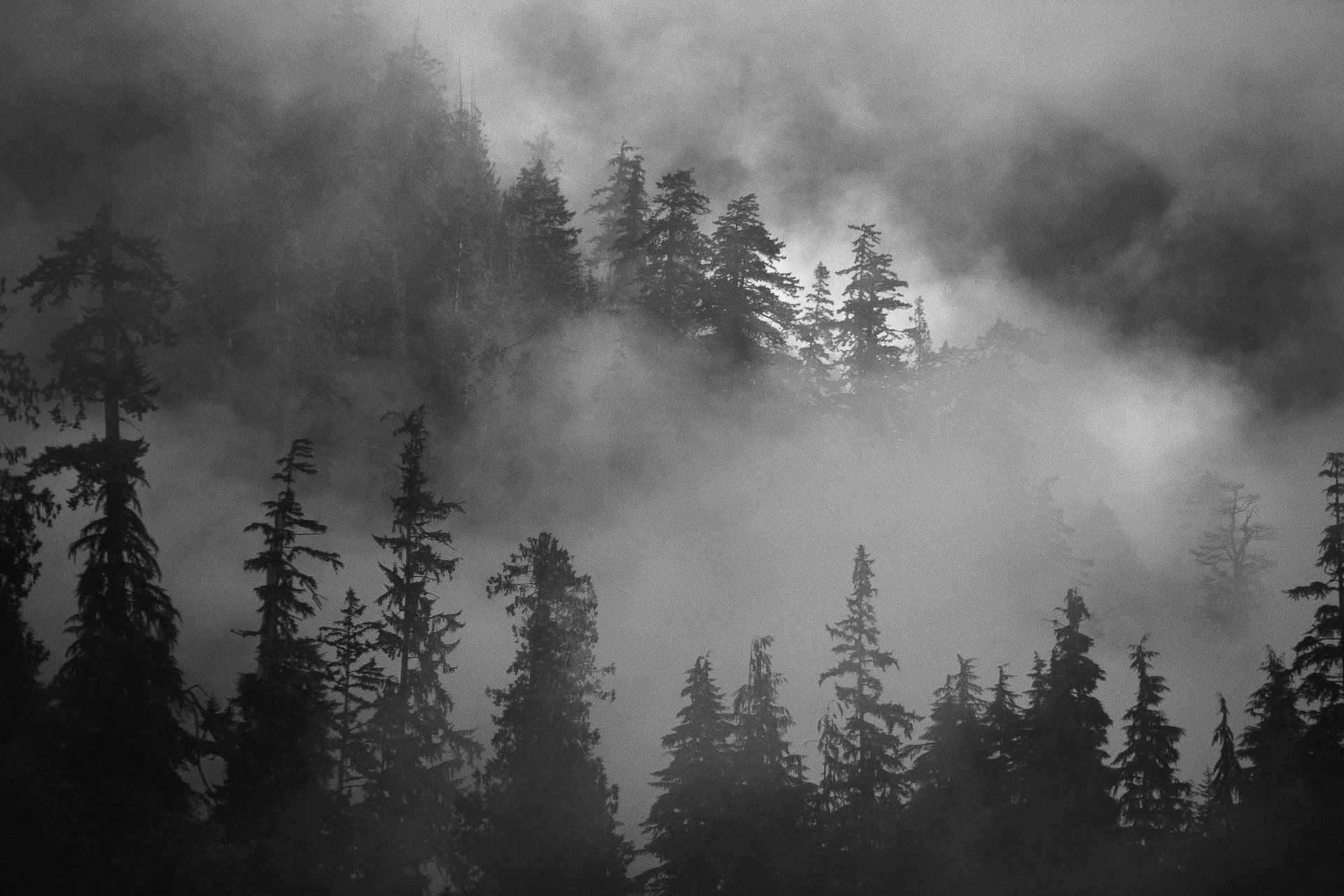Discover the Rich Depth of Midwestern Storytelling
- Jay Whales

- Oct 6
- 3 min read
The Midwest is often seen as the heartland of America, a place where traditions run deep and communities thrive on shared experiences. One of the most captivating aspects of this region is its storytelling tradition. Midwestern storytelling is more than just tales told around a campfire; it is a vibrant cultural expression that reflects the values, history, and spirit of the people who call this region home. In this post, we will explore the unique characteristics of Midwestern storytelling, its historical roots, and how it continues to shape the identity of the Midwest today.
The Essence of Midwestern Storytelling
Midwestern storytelling is characterized by its straightforwardness, warmth, and a strong sense of community. Stories often revolve around everyday life, family, and the natural environment. They are told with a blend of humor, humility, and honesty that resonates deeply with listeners.
One key element is the use of local dialects and expressions, which add authenticity and flavor to the narratives. These stories are not just entertainment; they serve as a way to pass down wisdom, preserve history, and strengthen bonds among neighbors.
For example, tales about farming life, small-town events, or encounters with the changing seasons are common. These stories often highlight resilience and resourcefulness, traits highly valued in Midwestern culture.

Exploring Midwestern Storytelling Traditions
The tradition of storytelling in the Midwest has deep historical roots. Indigenous peoples, early settlers, and immigrant communities all contributed to the rich tapestry of narratives that define the region. Each group brought its own stories, myths, and legends, which blended over time to create a unique storytelling culture.
Storytelling events, such as local fairs, community gatherings, and storytelling festivals, play a vital role in keeping these traditions alive. These events provide a platform for both seasoned storytellers and newcomers to share their tales, ensuring the continuity of this oral heritage.
In addition, written works by Midwestern authors often draw heavily on storytelling traditions. Writers like Willa Cather and Sherwood Anderson have captured the spirit of the Midwest through their vivid portrayals of life and character.
To experience authentic Midwestern storytelling, one can explore collections of mid-western-stories that showcase a variety of voices and perspectives from across the region.

What is the most Midwestern thing to say?
Midwestern speech is known for its friendly, unpretentious tone and distinctive phrases. Some expressions have become iconic, capturing the essence of the region’s communication style. Phrases like "You betcha," "Ope, just gonna sneak right past ya," and "Don’tcha know" are often cited as quintessentially Midwestern.
These sayings reflect the polite, down-to-earth nature of Midwesterners. They often convey warmth and a willingness to help, even in casual conversation. Understanding these expressions can provide insight into the social fabric of the Midwest and how storytelling is intertwined with everyday language.
In storytelling, these phrases add color and authenticity, making the narratives feel more relatable and genuine. They also serve as cultural markers that distinguish Midwestern stories from those of other regions.

How to Engage with Midwestern Stories Today
If you want to dive deeper into Midwestern storytelling, there are several ways to engage with this rich tradition:
Attend Storytelling Events - Look for local festivals, library programs, or community gatherings that feature storytelling sessions.
Read Regional Literature - Explore books and anthologies by Midwestern authors who incorporate storytelling elements.
Listen to Podcasts - Many podcasts focus on regional stories and folklore, offering a modern way to experience these narratives.
Join Story Circles - Participate in or organize story circles where people share personal and traditional stories in an intimate setting.
Explore Online Resources - Websites dedicated to Midwestern culture often feature collections of stories and historical accounts.
By actively participating in these activities, you can gain a deeper appreciation for the values and experiences that shape Midwestern life.
The Lasting Impact of Midwestern Storytelling
Midwestern storytelling is more than a cultural pastime; it is a living tradition that continues to influence the region’s identity. These stories foster a sense of belonging and continuity, connecting past generations with the present and future.
They also serve as a reminder of the resilience and kindness that define the Midwest. Whether through humor, cautionary tales, or heartfelt memories, Midwestern stories offer valuable lessons and a window into the soul of the region.
Embracing this storytelling heritage can enrich your understanding of the Midwest and inspire you to share your own stories, keeping the tradition vibrant for years to come.































Comments